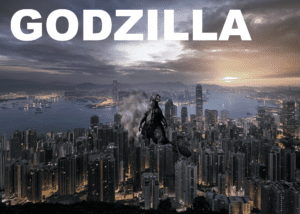shown here is a collage I made on one of the most socially influential families of this generation

Interactive Media Arts @ NYUSH
shown here is a collage I made on one of the most socially influential families of this generation

The link to my portfolio can be found here
The actual process itself was fairly quite straightforward since we covered most of the concepts in class. I played around more with the flexbox styles, and it seemed to be quite intuitive and easy to understand. The only thing that (sort of) annoyed me was the repetition of the same content box div. But, I assume that modern HTML templating engines or some similar framework have a way of reducing that sort of redundancy.

At first glance, Scott McCloud’s “Understanding Comics: The Invisible Art” is eye-catching, alluring, and atypical of the books I normally pick up. Jumping into the first chapter, “Setting the record straight,” I find that McCloud has a clear motive, to unravel the mystery of comics so we can appreciate the form in all its complexity. Actually, one of his first points: “if people failed to understand comics, it was because they defined what comics could be too narrowly,” (3) really dispels the mainstream misconception that comics are categorically an inferior art or form of storytelling. I think that’s why he gets so detailed and strategic in defining comics, just so that we don’t adopt that narrowed pinhole view. Rather, we are introduced to the history of comics, going back to as early as 1519’s Pre-Columbian picture manuscript (10) as well as the modern-day comic that exhibits a combination of panels, cartooning, words and pictures. With this basic outline, we briefly feel secure in our knowledge of comics, but McCloud pulls a few abstract concepts when we cross into chapter two that really muddled my clarity. Fortunately, when I come across icons, I’m back to understanding, perhaps just by how easily recognizable they are and how familiar they feel. I even enjoy the part where you can imaginarily trace the word face by drawing vertical lines on page 46. In chapter three, when we understand closure in comic talk, it feels so satisfying to finally have a word to describe those moments when our minds piece together something complete from observed fragments. In chapters four and five, we get to the elements of comics: time and line, as they contribute to the originality of a comic. I know we didn’t have to read chapter five, but lines seemed interesting and I had some extra time. Overall, I am floored by the utility of this book; it will definitely be referenced again when we begin the individual project.
this is the link to my portfolio site:
http://imanas.shanghai.nyu.edu/~cec717/Portfolio/portfoliosite.html